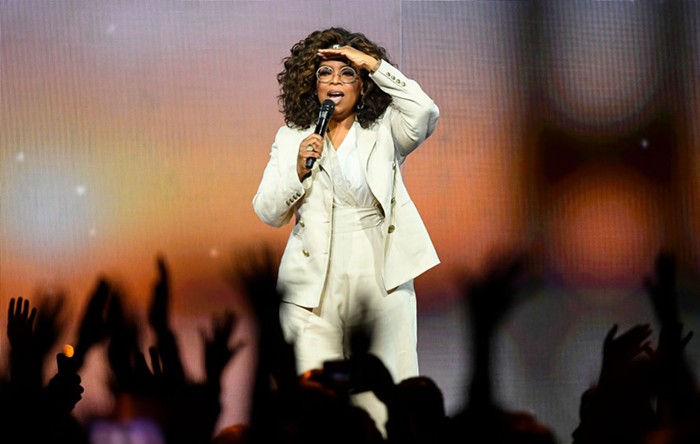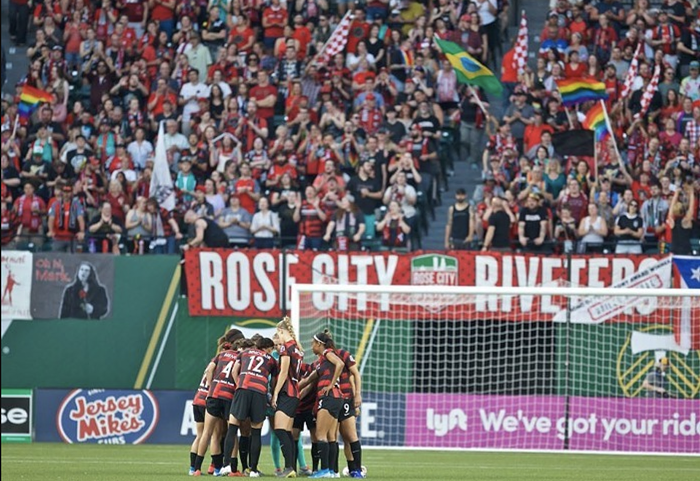For a long time I've been assuming the reason theaters have been installing bigger and bigger screens has been to give people a decent reason to get off their asses and leave the house (in order to go sit on their asses somewhere else). And while it's true that bigger screens and better sound are have become a requisite when it comes to convincing people that sitting alone in front of their HD TVs doesn't quite cut it for certain movies, there's a far more obvious reason for putting in those screens:
“Cinemark and the other chains realize that U.S. attendance isn’t increasing long term, so they need to get more money out of the same person to grow the core business,” said Townsend Buckles, a media analyst at J. P. Morgan Securities. “Adding large-format screens and other premium offerings at an upcharge is one way to do it. It’s a smart strategy.” (Via.)
That's from Brooks Barnes' New York Times story "Battle for the Bigger Screen," which takes a quick look at the "desperation by the big chains to find new ways to grow in the United States and Canada, where attendance has been softening for a decade."
When I think of seeing movies in Portland, my first thoughts aren't of chains like Regal, but rather of the beer theaters (the Laurelhurst, the Academy, McMenamins) and the indie first-run theaters (the Hollywood, Cinema 21); a distant third might be Regal. But there's a reason even Portland's smaller theaters have been upgrading and diversifying (like the Hollywood, and like Cinema 21), and why places like OMSI and the Bagdad have been renovating. Thanks to digital projection, on-demand distribution, and everything from Netflix to Hulu to Amazon to HBO Go pouring out of HD TVs, the business of theater exhibition is changing. I'm pretty sure that people are always going to want to see some movies in public—theaters aren't going to disappear—but the dust isn't going to settle on this for a while. In the meantime, theaters—especially the chains—are going to do whatever they can to get as much money as possible.



















